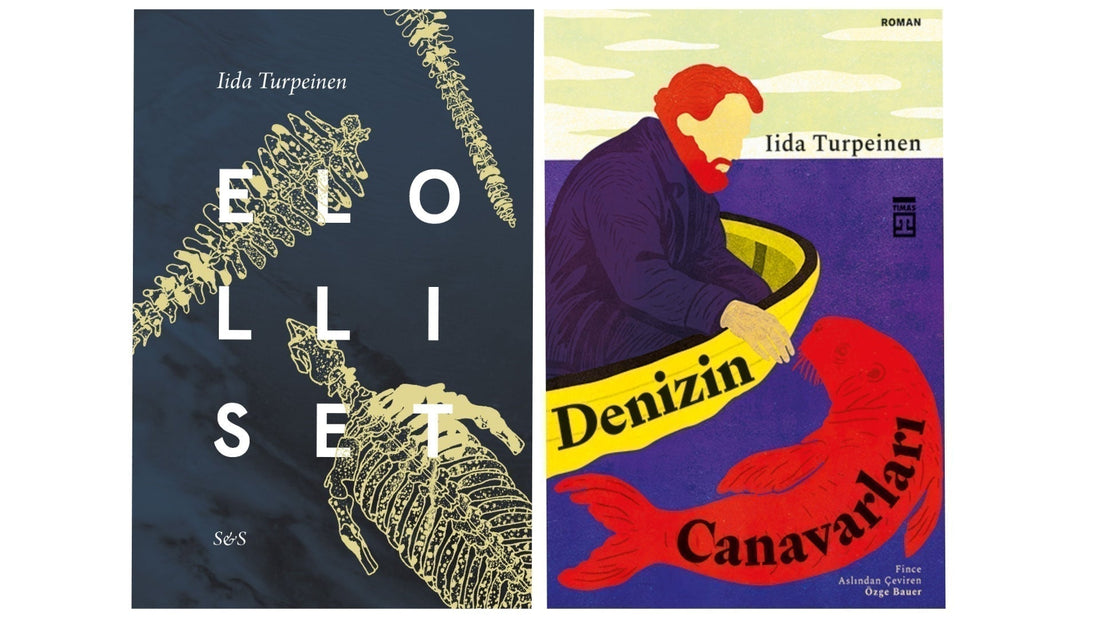
Finnish Author Iida Turpeinen’s Award-Winning Novel Published in Turkish
Jakaa
Encountering Iida Turpeinen’s Beasts of the Sea
We often come to know a book when it wins an award or when it is translated into many languages. Sometimes it reaches us through the words of a literary critic or simply through the eye of a fellow reader. My own introduction to Iida Turpeinen’s Beasts of the Sea (Elolliset) came in 2023, through an award-winning Finland-Swedish author, journalist, and cultural critic, Pia Ingström.
The novel opens with the line: “All expeditions begin with a cup of tea.” In my case, every literary conversation with Pia Ingström begins with either a Finnish coffee or a Turkish one. When we spoke about the book in 2023, the works of Hilda Olson (1832–1915), who appears in its pages, had not yet been exhibited at the Ateneum Art Museum. We wondered when, and in what form, they might one day be revealed.


Beasts of the Sea: The Finnish-Turkish Translation Journey
That same year, at the Helsinki Book Fair, I had the chance to discuss Turpeinen’s novel with the Helsinki Literary Agency. This set in motion the search for a Turkish publisher. In 2024, the rights were acquired by Timaş Publishing, contracts were signed, and the translation process began.
Meanwhile, Hilda Olson’s works finally went on display at the Ateneum. I visited the exhibition with Pia Ingström, where we found ourselves face-to-face with the insects that populate both her paintings and Turpeinen’s narrative.
By September 2025, Beasts of the Sea reached its Turkish readers at last; a journey that began with coffee, conversation, and the quiet anticipation of discovery.



I also listened to Brahms’s Poco Allegretto countless times and even tried playing it on the flute; the music allowed me to draw closer to the emotional world of the characters. Every bone that remained of the sea cow resonated with the sorrow of a musical note. Death turned into a work of art in a museum, one that no one could take their eyes off.
When I examined versions of the novel translated into other languages, I noticed that in some translations certain words had been omitted altogether. This reminded me once again of how much attention to detail was required in bringing the text into Turkish.
For me, Beasts of the Sea (Denizin Canavarları in Turkish) was not only a translation experience. It was also a journey in search of a lost world, a witnessing of the marvels that lie in the depths of the sea, and an attempt to understand the complex bonds humans weave with nature. As the pages turn, the reader too will embark on this journey and bear witness to the silent yet powerful world of Steller’s sea cow. And in the end, the reader will have become the journey itself, joining the author in a chorus of gratitude to the species that have gone extinct.
Praise for the book:
Sebastian Guggolz, acquiring editor at S. Fischer Verlag,